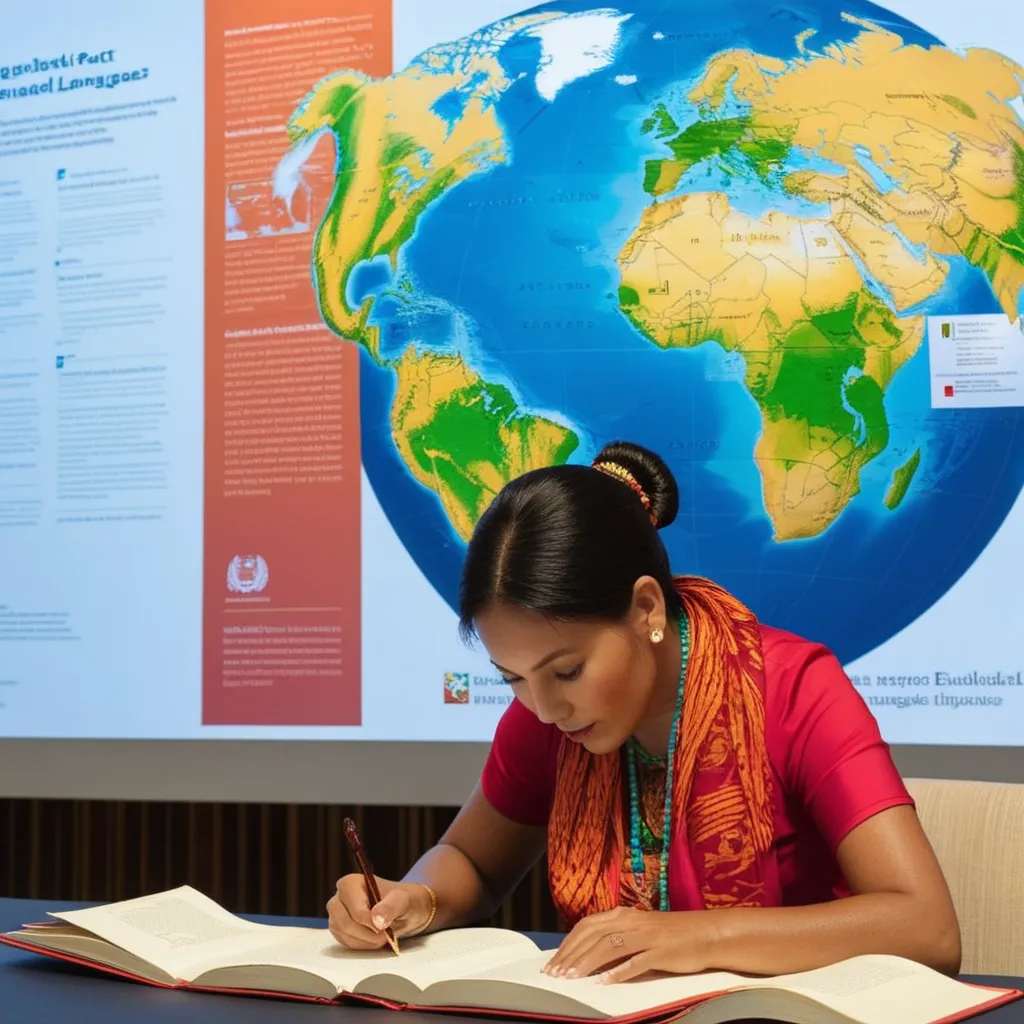Global Pact to Protect Endangered Languages
Languages are the threads that weave the tapestry of human culture and history. They are carriers of traditions, knowledge, and unique perspectives. However, many languages around the world are facing the threat of extinction. In a heartening development, a global pact to protect endangered languages is emerging, highlighting the importance of preserving linguistic diversity.

A Personal Journey into Linguistic Diversity
My own journey into the world of languages began with a fascination for the diverse tongues spoken by people around the globe. Traveling and meeting people from different cultural backgrounds sparked my curiosity about the beauty of linguistic diversity. This curiosity eventually led me to explore the issue of endangered languages.
The Precarious State of Endangered Languages
Endangered languages are those at risk of disappearing entirely. Factors like globalization, cultural assimilation, and a lack of intergenerational transmission are contributing to the decline of these linguistic treasures.
A Chance Encounter
During a backpacking trip in a remote village, I met an elderly woman who was one of the last speakers of a nearly extinct indigenous language. She shared stories and songs in her language, a profound experience that underscored the urgency of preserving endangered languages.
The Global Pact
The emergence of a global pact to protect endangered languages is a significant step forward. It signifies a collective commitment to safeguard linguistic diversity and ensure that languages on the brink of extinction have a chance to thrive.
The Power of Unity
Just as languages have the power to unite communities, this global pact unites nations and organizations in a shared mission. It emphasizes the importance of linguistic diversity in the global landscape.
Reviving and Preserving
Preservation efforts for endangered languages encompass various strategies. These may include language revitalization programs, documentation, and educational initiatives aimed at passing down languages to younger generations.
A Cultural Revival
I had the privilege of attending a language revival festival, where elders, educators, and young learners came together to celebrate their native tongue. It was a joyful event that highlighted the resilience of a community determined to preserve its language.
Preserving Indigenous Knowledge
Endangered languages are often the bearers of traditional knowledge about the environment, medicinal plants, and cultural practices. Protecting these languages is not just about words; it's about safeguarding a wealth of wisdom.
Learning from Indigenous Communities
I once had the opportunity to learn from indigenous elders who spoke a language that had been passed down through generations. Their knowledge of the local ecosystem was astounding, emphasizing the vital role of language in preserving heritage.
The Digital Age and Language Preservation
In today's digital age, technology plays a crucial role in preserving endangered languages. Recording audio and video materials, creating language learning apps, and sharing resources online are valuable tools in the effort to revitalize languages.
A Personal Experience
I stumbled upon a language-learning app for an endangered language spoken in a distant corner of the world. Using the app, I learned basic phrases and greetings, fostering a connection with a language and culture I may never have encountered otherwise.
Your Role in Language Preservation
Preserving endangered languages is not the sole responsibility of linguists or policymakers. Each of us can contribute to this important cause. Whether through learning a few words, supporting language revitalization programs, or raising awareness, we can all play a part.
In conclusion, the emergence of a global pact to protect endangered languages is a testament to our recognition of the intrinsic value of linguistic diversity. It reflects our commitment to preserving the rich tapestry of human culture and heritage. As we move forward, let's celebrate the beauty of languages and work together to ensure that no linguistic treasure is lost to the sands of time.

No comments:
Post a Comment